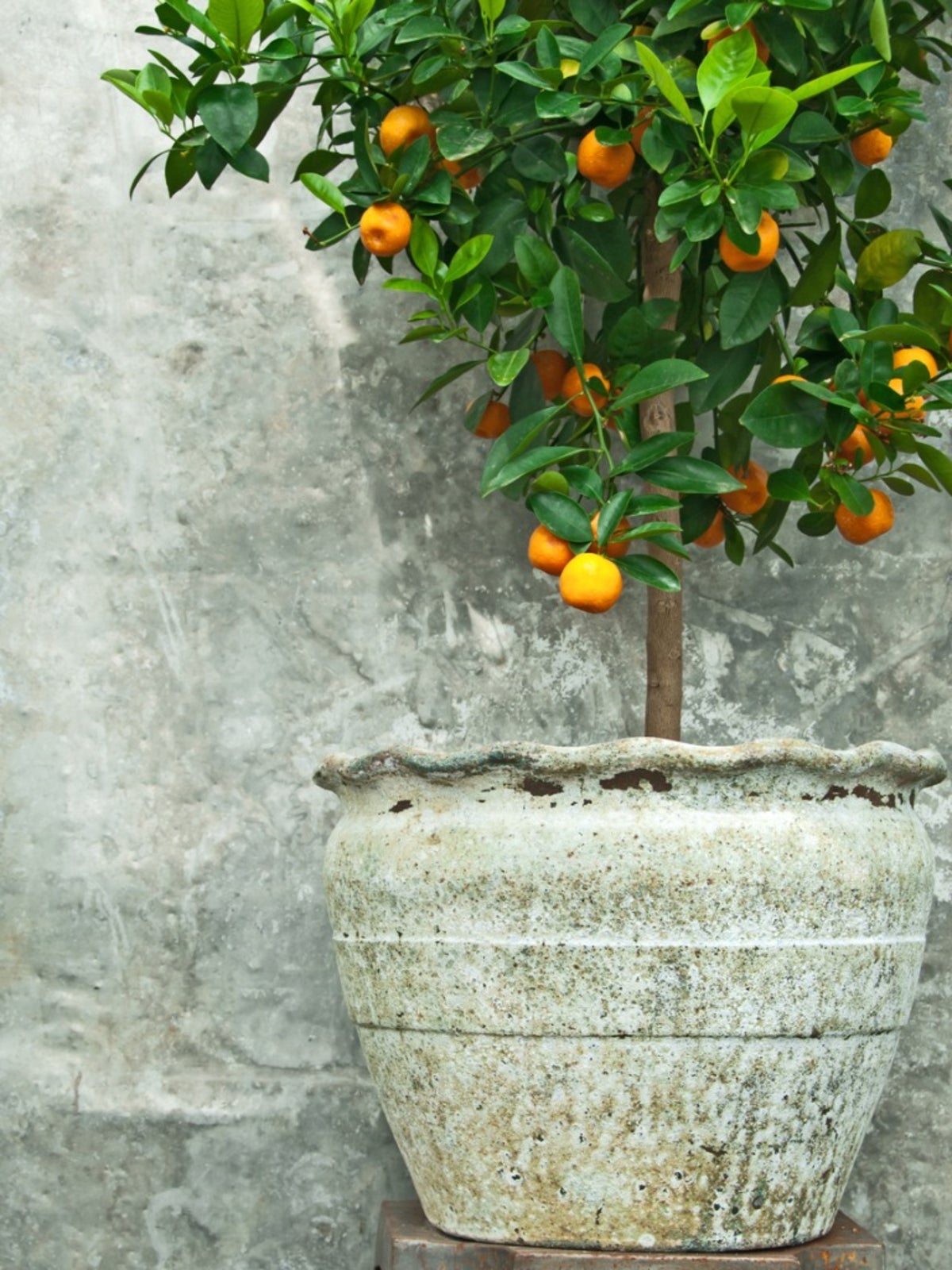How To Grow Container Trees


For those of us with little yards, or even no yards at all, having a tree in the ground is simply not an option. That doesn't have to mean that we can't have any trees at all though. Planting a tree in a container is a nice way to add some height and shade to your container garden. Let's take a look at how to grow container trees.
Choosing Trees for Containers
Not all trees are suited to containers, so think carefully when choosing both the container and the tree. When planting a tree in a container, you should consider the conditions that you have in your space. Is it sunny or shady? Is it windy? How easy will it be to provide the tree with water? Many fruit trees are available in dwarf form. These trees need plenty of sun, but not beating sun, and plenty of water. Palm trees also make good container grown trees. Many varieties can take beating sun and little water. Some more traditional looking trees that make good trees for containers include:
- Amur maple
- Ann magnolia
- Cornelian cherry dogwood
- Crape myrtle
- Eastern redbud
- Fullmoon maple
- Hedge maple
- Japanese maple
- Dogwood
- Paperbark maple
- Sargent crabapple
- Serviceberry
- Smoke tree
- Southern magnolia
- Star magnolia
Most container grown trees will only grow to be between 4 and 10 feet (1-3 m.) tall. You can grow larger trees in containers, but if they grow above 10 feet (3 m.), you will need to provide a very large container to accommodate the root system. Some larger trees for containers are:
- American hornbeam
- Centurion crabapple
- Galaxy magnolia
- Golden raintree
- Honey locust
- Indian Magic crabapple
- Japanese crabapple
- Kwanzan cherry
- River birch
- Saucer magnolia
- Sourwood
- Yoshino cherry
Tips on How to Grow Container Trees
Consider container and tree size
The bigger the tree is, the bigger your container will need to be. Also, take into account the amount of wind in your area when considering container size. Container grown trees are prone to being blown over because they are not well weighted on the bottom. Make sure that the container is large (and therefore heavy enough) to keep the tree upright in the normal wind conditions for your space.
Provide drainage
Another thing to consider when looking at how to grow container trees is that the tree will need excellent drainage, which can be difficult to accomplish in a large container. Larger containers will be more likely to have soil or just the weight of the soil block drainage holes. Fill a few inches (8 cm.) of the bottom of the container with stones to help provide drainage that will not get blocked.
Constant feedings & watering for trees for containers
When you are planting a tree in a container you are making that tree totally reliant on you for nutrients and water. Make sure that you regularly feed your tree once a month with a water-based fertilizer or once every three months with a slow release. In hot weather, you will most likely need to water once, maybe twice a day. Even drought tolerant trees will need to be watered frequently.
Enjoying your container grown trees
Keeping container grown trees can be a lot of work, but planting a tree in a container is a rewarding act that will bring you beauty and shade to a previously treeless area.
Sign up for the Gardening Know How newsletter today and receive a free copy of our e-book "How to Grow Delicious Tomatoes".

Heather Rhoades founded Gardening Know How in 2007. She holds degrees from Cleveland State University and Northern Kentucky University. She is an avid gardener with a passion for community, and is a recipient of the Master Gardeners of Ohio Lifetime Achievement Award.